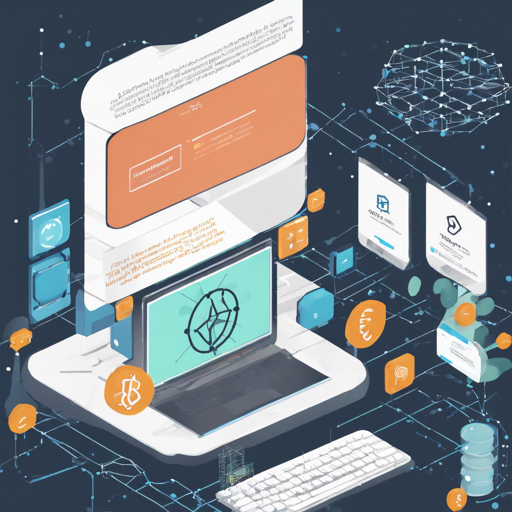Welcome to your comprehensive guide on how to get started with the tonutils-goimg library. This Golang library allows you to efficiently interact with the TON blockchain, implementing various protocols such as ADNL, DHT, and HTTP-RLDP. By the end of this article, you’ll know how to set up connections, manage wallets, and perform transactions easily!
Getting Started with TON
- Install Go (preferably 1.15 or later).
- Clone the repository from GitHub.
- Install dependencies using `go get`.
Basic Setup
You can start by establishing a connection to TON’s lite servers. You have the option to use either the mainnet or testnet public servers. Below is a basic overview of how to create a connection pool:
golang
golangclient := liteclient.NewConnectionPool()
configUrl := "https://ton-blockchain.github.io/testnet-global.config.json"
err := client.AddConnectionsFromConfigUrl(context.Background(), configUrl)
if err != nil {
panic(err)
}
api := ton.NewAPIClient(client)
api = api.WithRetry() // This enables automatic retries with failover
Think of the connection pool as a library of resources. Just as a library has various books and materials, a connection pool allows you to connect to multiple servers simultaneously. This way, when you request data or perform operations, you have several options to ensure you retrieve that information quickly and efficiently.
Working with Wallets
You can either create a new wallet or use an existing one. Here’s how to create a new wallet:
golang
words := strings.Split(birthPattern, " ")
w, err := wallet.FromSeed(api, words, wallet.V3)
if err != nil {
panic(err)
}
balance, err := w.GetBalance(context.Background(), block)
if err != nil {
panic(err)
}
if balance.Nano().Uint64() >= 3000000 {
err = w.Transfer(context.Background(), addr, tlb.MustFromTON(0.003), "Hey bro, happy birthday!")
if err != nil {
panic(err)
}
}
In this scenario, creating a wallet can be likened to opening a bank account. You need your initial deposit (the seed) to activate the account and start handling transactions (transfers).
Enhanced Features
The tonutils-goimg library provides numerous functionalities related to accounts, NFTs, contracts, and much more. For example, you can list transactions or subscribe to new account activity.
golang
account, err := api.GetAccount(context.Background(), b, addr)
if err != nil {
log.Fatalln("get account err:", err.Error())
return
}
fmt.Printf("Balance: %s TON\n", account.State.Balance.String())
Another interesting feature is sending external messages to interact with contracts. This can be quite useful for various activities such as sending tokens or invoking methods on smart contracts.
Troubleshooting
If you encounter issues during your development process, here are some common troubleshooting tips:
- Ensure you are using the correct dependencies and that they are up to date.
- Double-check the network configuration URL to ensure you’re connecting to the right network.
- For any errors about transaction computation or connection failures, verify if your local configuration aligns with ON chain configurations.
For more insights, updates, or to collaborate on AI development projects, stay connected with fxis.ai.
Conclusion
The tonutils-goimg library offers a comprehensive suite of tools for interacting with the TON blockchain effectively. Whether it’s simple transaction management or complex NFT minting, this library has you covered!
At fxis.ai, we believe that such advancements are crucial for the future of AI, as they enable more comprehensive and effective solutions. Our team is continually exploring new methodologies to push the envelope in artificial intelligence, ensuring that our clients benefit from the latest technological innovations.

